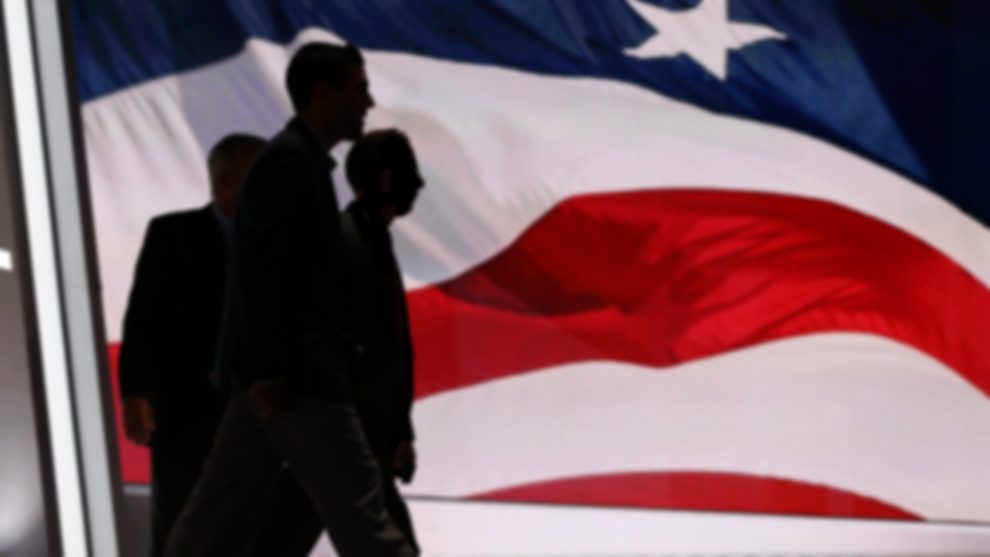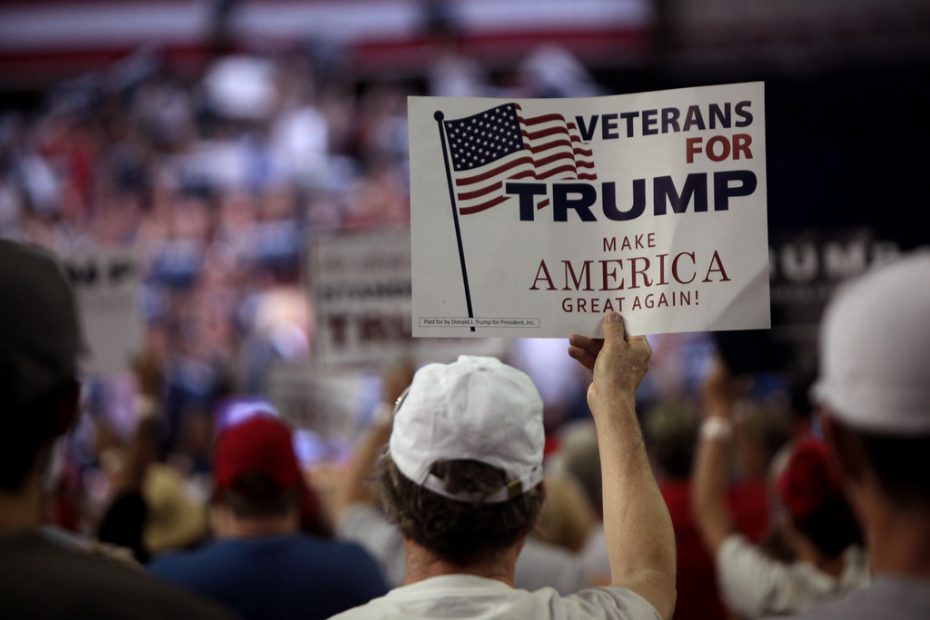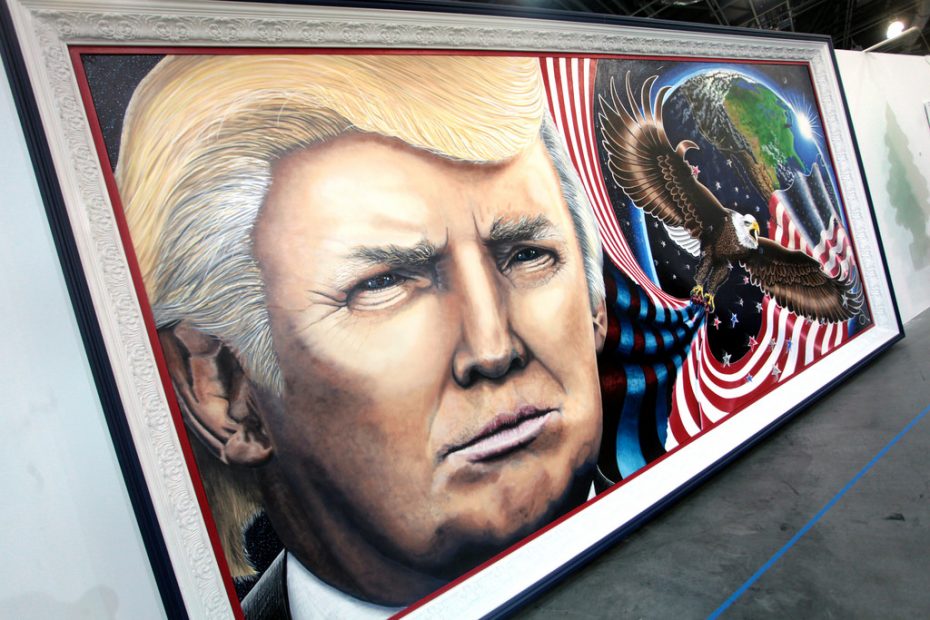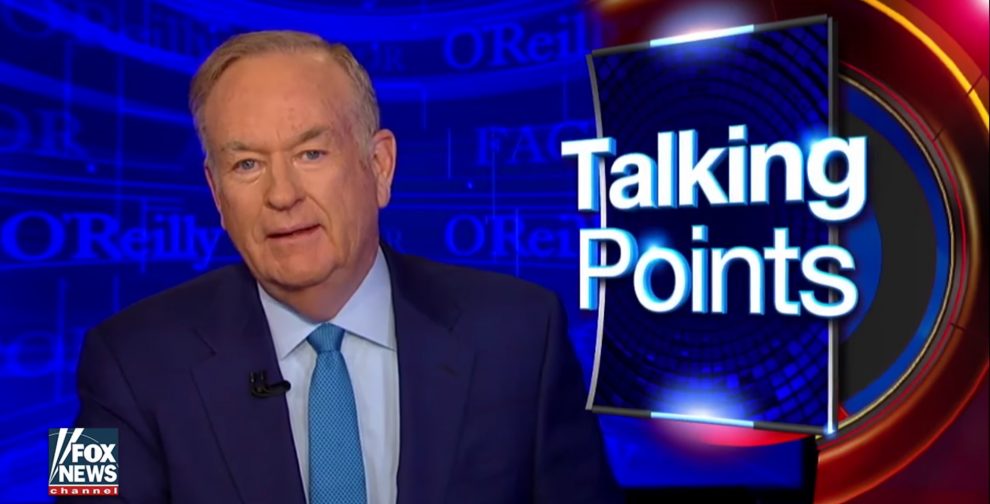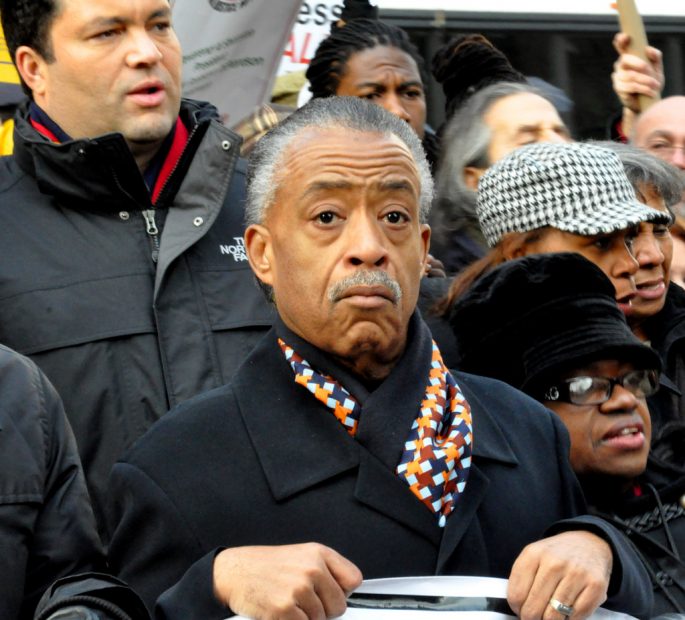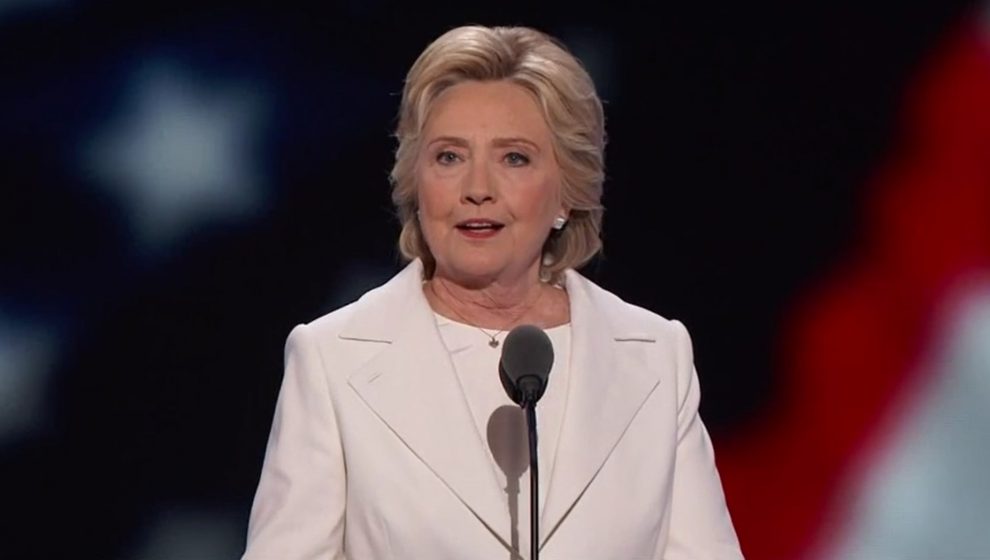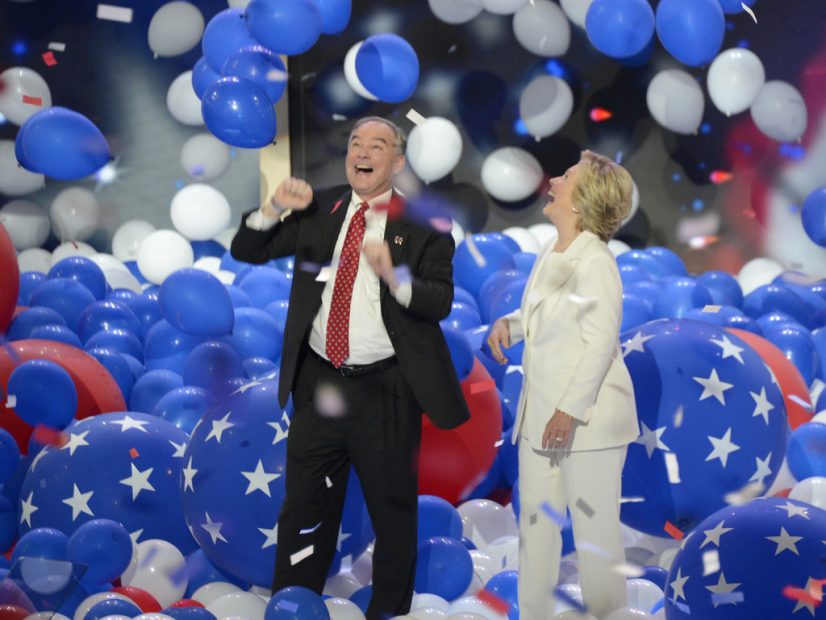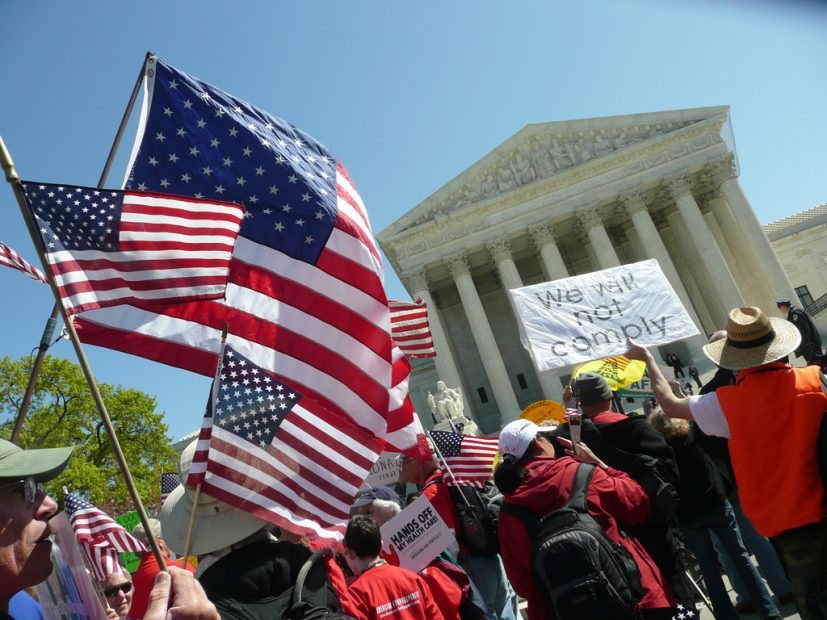
The U.S. Supreme Court’s 42% job approval rating is down slightly from September and matches the low point in Gallup’s 16-year trend, recorded in June 2005. The Supreme Court’s approval ratings have not been above 50% since September 2010. The latest results are from a July 13-17 Gallup poll. Although the current approval rating ties the historical low, it is not a major departure from updates over the last five years, when approval has ranged between 43% and 49% — including 45% when Gallup last…
